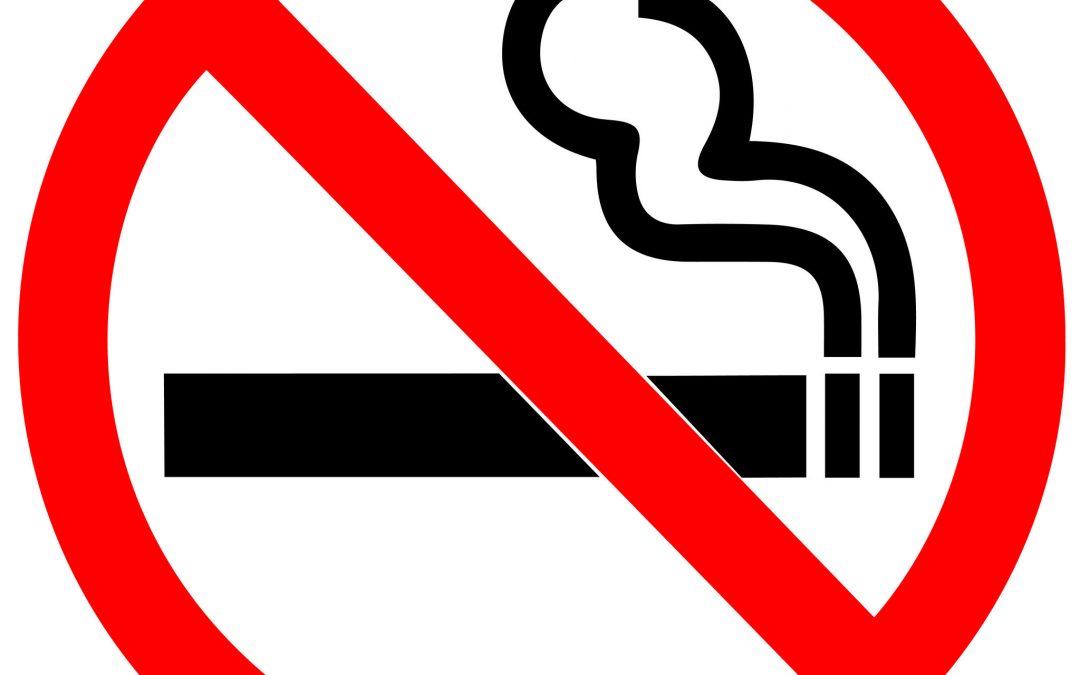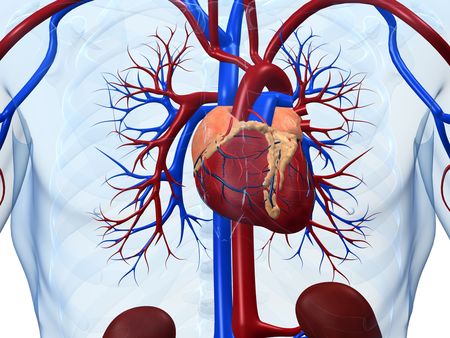by DrCiuffo | Nov 15, 2022 | Blog, Bloodless Heart Surgery, Dr. Giovanni B Ciuffo, Heart Health, Heart Surgery
10 Tips For Inoperable Heart Disease A diagnosis of inoperable heart disease can be discouraging. A heart condition may be difficult to live with. Minimally invasive bloodless heart surgery may offer options that may not be possible with traditional methods. The treatment options available depend upon several conditions, including your physical health and the scope of experience of the doctors dealing with your case. Dr. Ciuffo is dedicated to finding the solutions that work best for everyone’s individual health journey. By helping you understand inoperable heart disease, you can move forward toward helpful changes. The first step is understanding that your journey will look different from other patients. Get started today to see how we can help you! Inoperable Heart Disease Each patient’s case is decided individually. There are steps you’ll need to take when facing a diagnosis of inoperable heart disease. It’s important not to panic or lose hope. Even if your case isn’t a good candidate for surgical options, many treatments can extend and improve the quality of your life. Ask questions. Request that the medical doctor in charge of your case and your surgeon explain exactly why your case is considered “inoperable.” Be sure to write down the details of their answers. Obtain copies of all of your diagnostic records, including imaging- CAT scans, catheterizations, echocardiograms, EKGs, and other reports. Gather copies of all the reports pertinent to your case, including blood tests and other results. Each of these steps can help you get more information about what is happening. Sometimes answers are more helpful than having to live wondering what will happen next. You should... 
by DrCiuffo | Aug 15, 2022 | Blog, Heart Health, Uncategorized
Changes To Make For Heart Disease Prevention There are plenty of myths surrounding heart health, including fad diets, fitness routines, and “miracle” cures that are marketed as a magic bullet against heart problems. The truth is, heart disease prevention takes diligence and a thoughtful approach to diet and exercise, but some basic steps can help protect your heart health for the long term. Smoking Cessation Smokers have some of the highest instances of heart problems and heart attacks of any population. The carbon monoxide in smoke replaces some of the oxygen in your blood, forcing the heart to work harder to deliver enough oxygen to your body. While that is already a large issue, tobacco contains chemicals that can cause plaque buildup in the arteries, leading to a heart attack. Both of these issues can substantially affect your heart’s function, and eventually, help lead to further problems. Smoking cessation can reduce your chances of heart problems significantly. Exercise Though many adults don’t have time in their schedules or the motivation to take on a strenuous exercise program, even a moderate increase in exercise can have an impact on your heart health. At least 30 minutes a day of moderate exercise, like walking at a brisk pace, is great support for your heart. When combined with diet, increased exercise not only increases heart health, it helps raise levels of serotonin, the feel-good chemical, as well as reduces anxiety, depression, and moodiness. Diet The word “diet” has taken on a negative connotation for many. It is not necessary to embrace a lifestyle of starvation and salads to increase your heart health.... 
by DrCiuffo | Jul 15, 2022 | Blog, Articles, Heart Health
Anatomy of the Heart As one of the most essential parts of the body, the anatomy of the heart is important to know and understand. The heart is located just behind the sternum, slightly to the left. It’s protected by a tough sac called the pericardium. The heart needs all the protection it can get; it beats an average of 100,000 times a day, pumping about 2,000 gallons worth of blood through the body. The pericardium protects the roots of the major blood vessels. It’s attached to the spinal column and diaphragm with strong ligaments that keep the heart in place and protect it from movement within the chest. At MIBHS, we are well educated in the anatomy of the heart and want to teach others about it as well. By understanding more about the muscle itself, you can further understand the need to keep it healthy. It may even be a quick recap on the education you already have from growing up in science class. If that is the case, it is never a bad time to refresh your knowledge on parts of the body. The Anatomy of the Heart Broken Down The anatomy of the heart is simple once broken into parts. By dividing the heart into its individual sections, it can give patients a greater understanding of the organ itself. This mainly comes down to the walls of the heart, four chambers, and four valves. It may seem impossible to fit that many parts into one organ, but that is part of what makes it such a miraculous part of the body. Walls of the Heart... 
by DrCiuffo | Jun 30, 2022 | Blog, Dr. Giovanni B Ciuffo, Heart Health
What is a Heart Murmur And What Are The Signs? A heart murmur is an unusual sound in the heartbeat’s cycle that’s caused by blood moving improperly through the valve system of the heart. The normal “lub-dub” sound that can be heard through a stethoscope is the sound of the heart valves opening and closing as they guide the blood through the heart during normal circulation. A murmur occurs when the valves aren’t doing their jobs properly and blood is flowing backward through the heart instead of following the normal pathways. Symptoms A heart murmur can cause poor circulation, which may result in cold or bluish extremities, especially the fingertips, toes, and lips. A victim may also experience swelling and weight gain, heavy sweating with minimal exertion, dizziness, and fainting, chest pain, chronic cough, or shortness of breath. In young children and infants, symptoms may also include a poor appetite and a failure to grow normally. Any of these symptoms should be a sign that it’s time to talk to your doctor about the underlying causes of your symptoms. It is important to not put off the trip to the doctor when it involves the heart. The doctor can then take into account the types of heart murmur it is before giving you the next step in the course of action. From there, you can have a better idea of what to consider about your heart’s health moving forward. Types of Heart Murmurs Johns Hopkins Medicine defines the three types of heart murmurs as “systolic”, “diastolic”, and “continuous.” A systolic murmur occurs during a heart muscle contraction. They are... 
by DrCiuffo | May 31, 2022 | Heart Health, Blog
6 Heart-Healthy Foods for the Spring With the warmer weather, farmers’ markets and grocery aisles provide more fresh produce and better opportunities to eat fresh foods that are heart-healthy choices. Heart-healthy foods for the spring are easy to come by. With the influx of barbecue and heavy desserts comes opportunities to acquire fresh fruits and vegetables, so it’s a time to make heart-healthy choices for yourself as the warm months roll in. We are here to provide you with the best ways to bring in heart-healthy foods without sacrificing the tastes you love. Heart-Healthy Nuts Snacking on nuts like almonds, peanuts, and seeds like pumpkin or sunflower seeds can help reduce inflammation, which is one of the markers for heart disease. They also help reduce the risk of blood clots and can help improve the health of the lining of the arteries. Packed with fiber, vitamin E, and protein, nuts are an excellent low-fat snack. Add nuts to dishes to add crunch and flavor, as well as make things like salads more filling and satisfying. Try a handful of walnuts in a crunchy apple salad for a sweet treat that’s not too heavy on sugar. Some nuts are even great combined together and simply eaten plain. There is no limit to how you can try these out and find the ones that taste the best to you. Barley, Oats, and Grains Fiber is your heart’s best friend, helping to clean cholesterol from the body’s storage systems and keeping your digestive health on track. Oats and other whole grains provide a slow-burning source of energy and carbohydrates. Unlike highly-processed foods... 
by DrCiuffo | May 15, 2022 | Blog, Dr. Giovanni B Ciuffo, Heart Health
The Benefit of a Low Sodium Diet Anyone who has a family history of hypertension has heard the term “low sodium diet.” It sounds like a bland way of eating that deprives the eater of flavor and interest in food, but it doesn’t have to be that way. As Americans, we consume a constant stream of processed foods, but given the chance, it’s possible to retrain ourselves to enjoy a wider range of flavors. We are dedicated to helping you find the healthiest opportunities for your body. Starting a low sodium diet is the perfect place to begin that journey. Low Sodium Diet While at first, the idea of reducing one’s salt intake may imply the loss of flavor, the exact opposite is true. In processed foods, salt is used to mask the flavor of chemicals and to replace the natural flavors lost in the cooking and preservative processes. When salt is reduced in our diets, those flavors have a chance to emerge, and our tastes adjust to enjoy the natural flavors in foods once again. Choosing a low-sodium diet isn’t just better for your overall health, it opens up new vistas of enjoyment in your eating that will make you fall in love with food again. If you are looking for ways to incorporate new flavors into your diet as well, this use of less salt can be a chance to try other spices. There are many recipes out there to try that require no salt at all. The key is being open to new experiences and flavors that may replace your desire to use salt in your...




